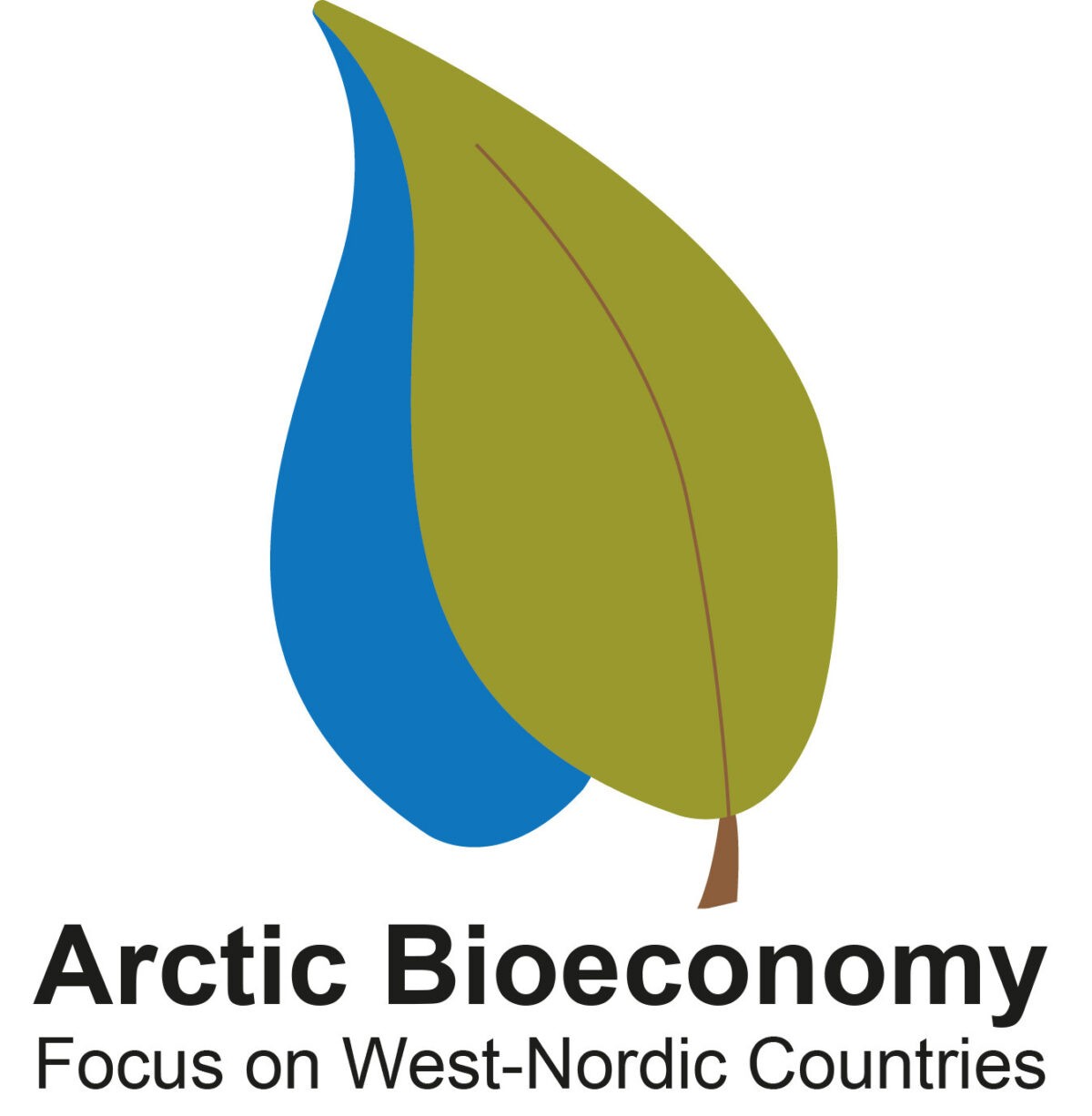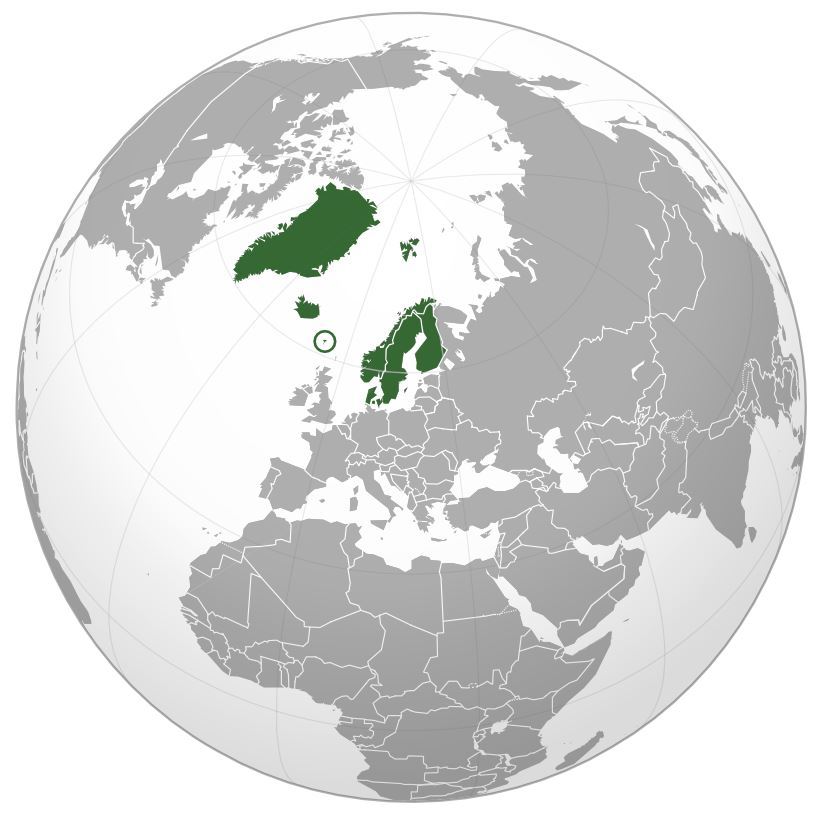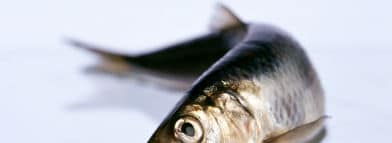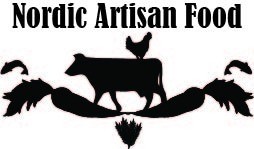Now it's finally here Arctic Bioeconomy of the project. The project concludes with a conference on the Nordic bioeconomy with an emphasis on Iceland, Greenland and the Faroe Islands, and many interesting speakers will speak at the conference. Among them is Inunnguaq Hegelund, who is well known to Icelanders from the shows The pleasures of the north which was recently shown on RÚV.
The bioeconomy involves the sustainable utilization of natural resources and it can therefore be said that the Icelandic economy is to a large extent dependent on the bioeconomy.
In light of the importance of the sea and ocean-related activities, there are unique opportunities for discussion, development and increased value creation in this field for Iceland and Icelanders.
Increased economic growth based on the sustainable utilization of organic resources and innovation aimed at increased value creation is the main theme of the conference and a special light is directed at the ocean's resources in this connection.
At the conference, dr. dr. Christian Patermann gives a lecture entitled "Europe route to the Bioeconomy, challenges and perspectives for the Nordic Union“.
Paterman is a big name in the field of bioeconomy, but he is the former director of the DG Research European Commission, Biotechnology, Agriculture, Food Research at the EU and considered the "father" of the bioeconomy in Brussels.
Date: November 11th
Location: The Nordic House, Sturlugata 5
Agenda
Conference facilitator: Hrönn Ólína Jörundsdóttir, Matís
13:00 - 13:40 Europe route to the Bioeconomy, challenges and perspectives for the Nordic Union, Dr.dr. Christian Patermann, key note speaker
13:40 - 14:00 Main results of Arctic Bioeconomy - lessons learned and the way forward
Sigrún Elsa Smáradóttir, Research group leader, Matís
14: 00– 14:15 Trends in the Blue Bioeconomy: A Faroese Case Study
Dr. Unn Laxá, Research Project Manager
14:15 - 14:30 Business opportunities and rural development in the Greenlandic Bioeconomy
Inunnguaq Hegelund, chef at Hotel Arctic in Greenland
14:30 - 14:50 Access to plant varieties in Arctic agriculture
Dr. Svein Ø. Solberg, Senior Scientist, Nordic Genetic Resource Center
14:50 - 15:20 Coffee break
15:20 - 15:40 Bioeconomy in the Nordic countries, strategy, opportunities and needs
Dr. Lene Lange, Professor, Department of Biotechnology and Chemistry, Aalborg University, Denmark
15:40 - 16:00 European Bioeconomy - opportunities and challenges
Dr. Hörður G. Kristinnsson, Director of Research, Matís
16:00 - 17:00 Panel discussion
Panel leader:
Þorsteinn Tómasson, Director Public Science Administration (ret.), Iceland
Amalie A. Jessen, Ministry of Fisheries, Hunting and Agriculture, Greenland
Dr.dr. Christian Patermann, Director (ret.) European Commission, Germany
Dr. Lene Lange, professor, Aalborg University, Denmark
Kjartan Hoydal, Nordic Marine Think Tank, Faroe islands
Dr. Sveinn Margeirsson, CEO of Matís, Iceland
For further information Sigrún Elsa Smáradóttir at 858-5113.








